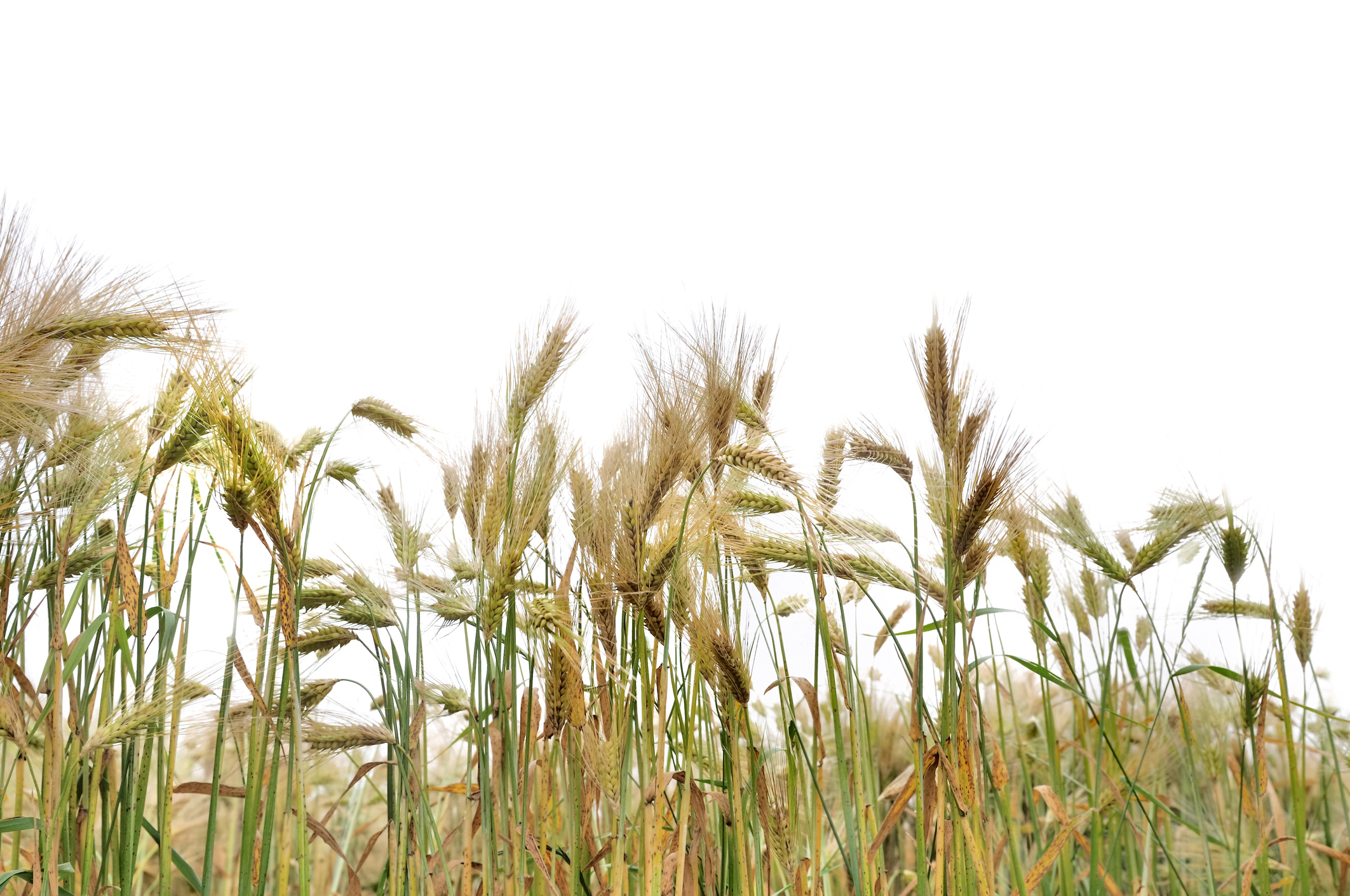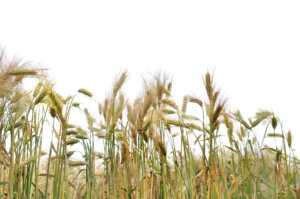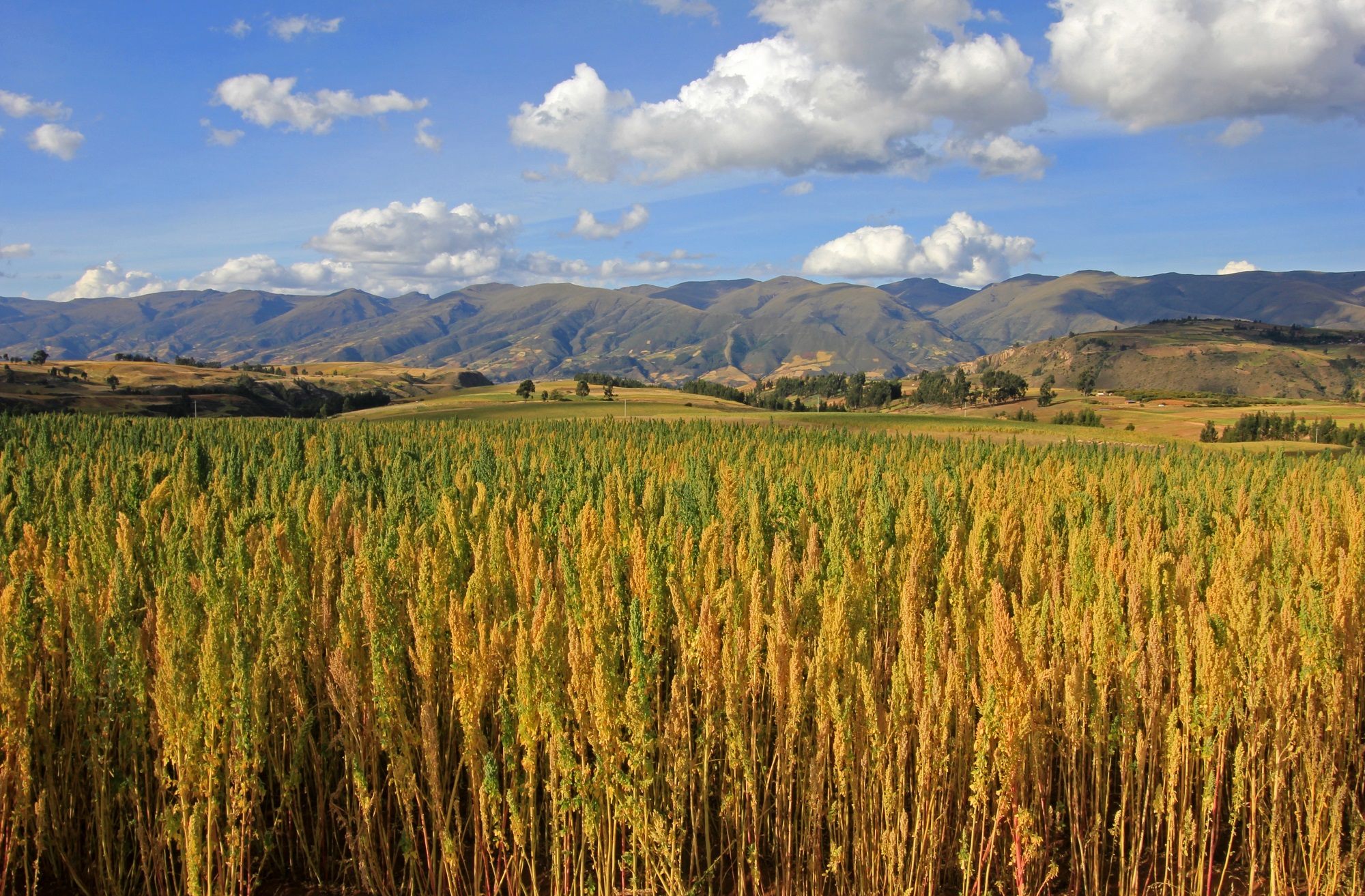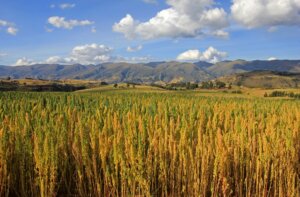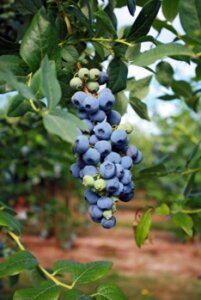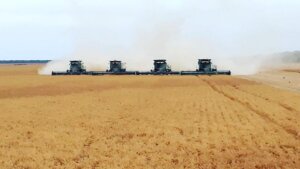South America is appearing to unravel, with poverty and income continually in decline.
Some of the issues of the current situation started following a corruption scandal when the President Martín Vizcarra closed the Peruvian Congress on Sep. 30. This resulted in violent protests against the end of gas subsidies, forcing Ecuadorian President Lenín Moreno to abandon first the capital and then his policy. By mid-October, huge student protests started against a transportation hike. President Sebastián Piñera’s declaration of a state of siege worsened the Chileans anger, thereby expanding both protests and the scope of their demands. After four weeks, the government had to accept a plebiscite for establishing a new constitution, which had become the main demand of protesters.
The Presedential elections in Argentina ended with the Peronist candidate Alberto Fernández winning in the first round in Argentina.
Chile’s call to a constitutional reform may be a hopeful test of how can institutions resolve the anger. The coup in Bolivia suggests a less hopeful road to deal with such uncertainty.
Ecuador’s president, Lenín Moreno, has struck a deal with indigenous leaders to cancel a disputed austerity package and end nearly two weeks of protests that have paralysed the economy and left seven dead. Some of the demands included higher taxes on the wealthy and the firing of the interior and defence ministers.
Argentina has a rocky history with the International Monetary Fund (IMF). When Fernández took office in December 10, he inherited an economy in recession and in the middle of a debt crisis, with increasing inflation and poverty levels.
What will the government’s plan for success consist of? Among other issues, the top turning points he is concentrating on is stabilizing the exchange rate, reducing inflation and avoiding hyperinflation, negotiations with the IMF, and Aid for the needy, development of small- and mid-sized companies (PYMES) and consumption.



